1. Putting Vicks on Your Feet for a Cough
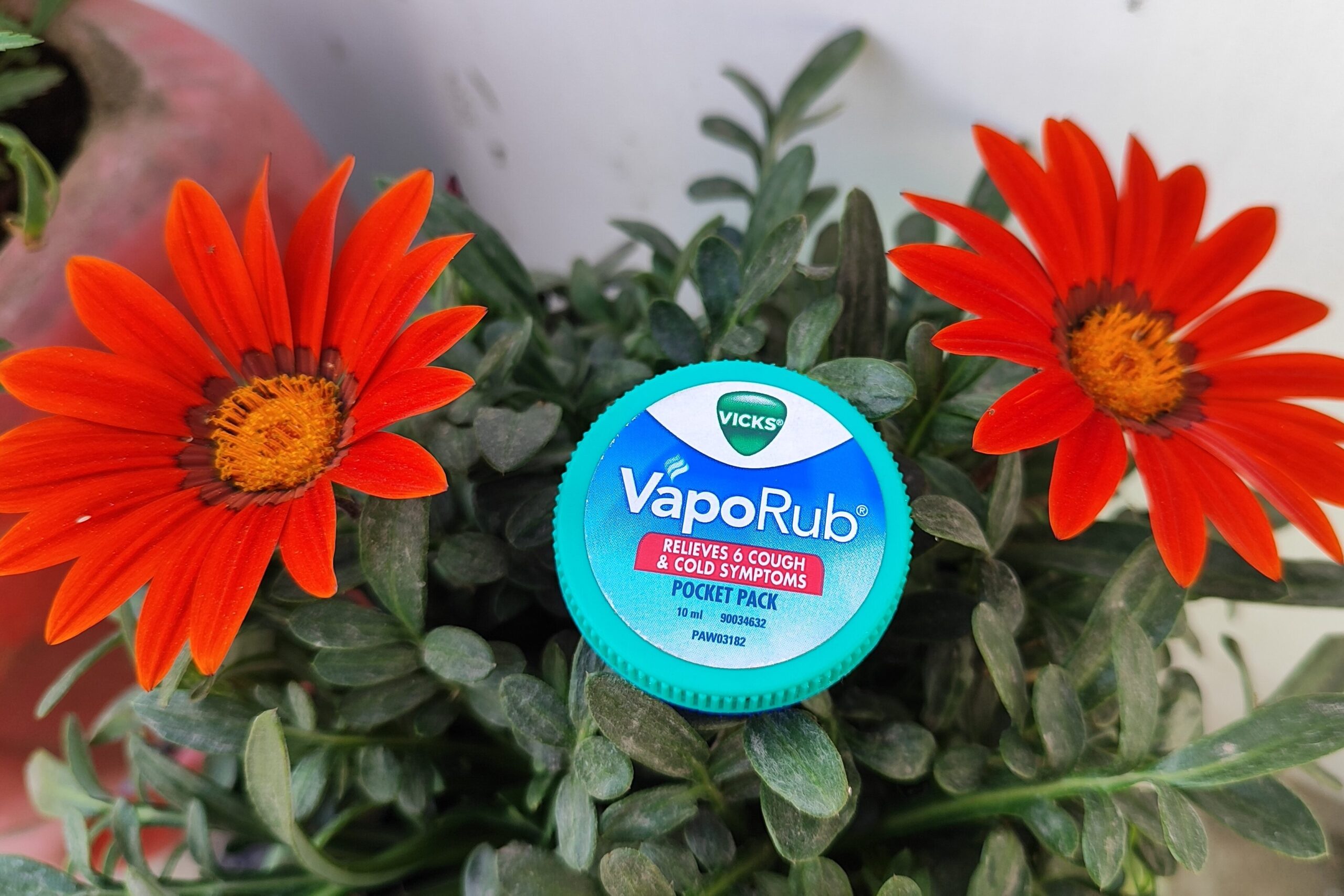
Your grandparents probably swore by slathering Vicks VapoRub on the bottoms of your feet and covering them with socks when you had a stubborn cough. It sounds strange, but plenty of people still do it, claiming it helps ease coughing overnight. The idea is that the menthol absorbs through the skin, triggering nerves that might help suppress coughing explains VeryWell Health. Some say it’s more of a placebo effect, but if it worked for Grandma, who are we to argue?
Doctors don’t necessarily back this one up, but it’s harmless enough to try. The trick might just be that it distracts your body while the scent clears your airways. Either way, it’s one of those quirky remedies that gets passed down whether it’s scientifically sound or not. And hey, if nothing else, your feet will be nice and moisturized!
2. Eating a Spoonful of Mustard for Leg Cramps
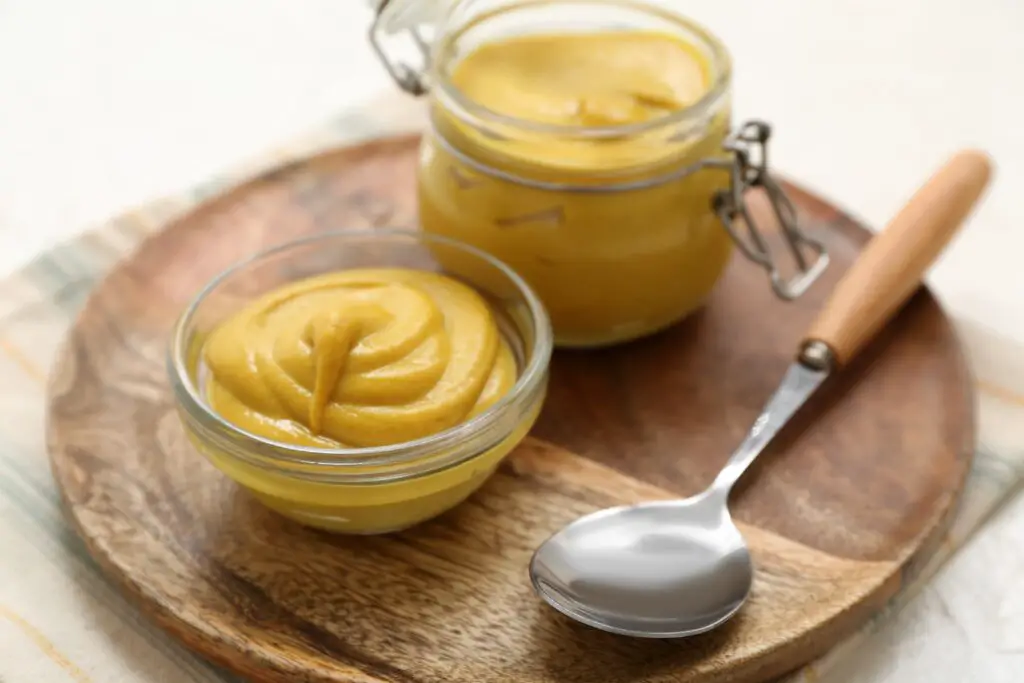
If you’ve ever woken up with a charley horse, your grandparents may have told you to grab the mustard bottle. Apparently, swallowing a spoonful of yellow mustard can stop a cramp almost instantly. It sounds bizarre, but some people swear by it, claiming the vinegar and turmeric help relax muscles. Others say it’s the strong taste that somehow distracts your nerves from the pain says Healthline.
Science hasn’t quite figured this one out, but mustard does contain acetic acid, which helps your body produce more acetylcholine—a neurotransmitter that helps with muscle function. If you don’t mind the taste, it’s an easy remedy to try in the middle of the night. Plus, it’s a great excuse to always keep mustard in the fridge. Even if it doesn’t work, you can use it on a sandwich!
3. Rubbing a Potato on a Wart

If you ever complained about a wart, chances are, an older relative told you to rub it with a raw potato and bury the potato in the yard. The idea was that as the potato rotted, the wart would disappear. It sounds like pure folklore, but people genuinely believed in this one. Some say the moisture and enzymes in the potato help break down the wart over time says Medical News Today.
Modern medicine prefers freezing warts off, but potatoes do contain potassium and other compounds that could have a mild effect. It’s probably not the fastest method, but if you enjoy a little old-school superstition, it’s harmless to try. At the very least, it’s an excuse to get outside and dig in the dirt. Just don’t be surprised if your neighbors give you weird looks.
4. Drinking Pickle Juice for a Stomachache
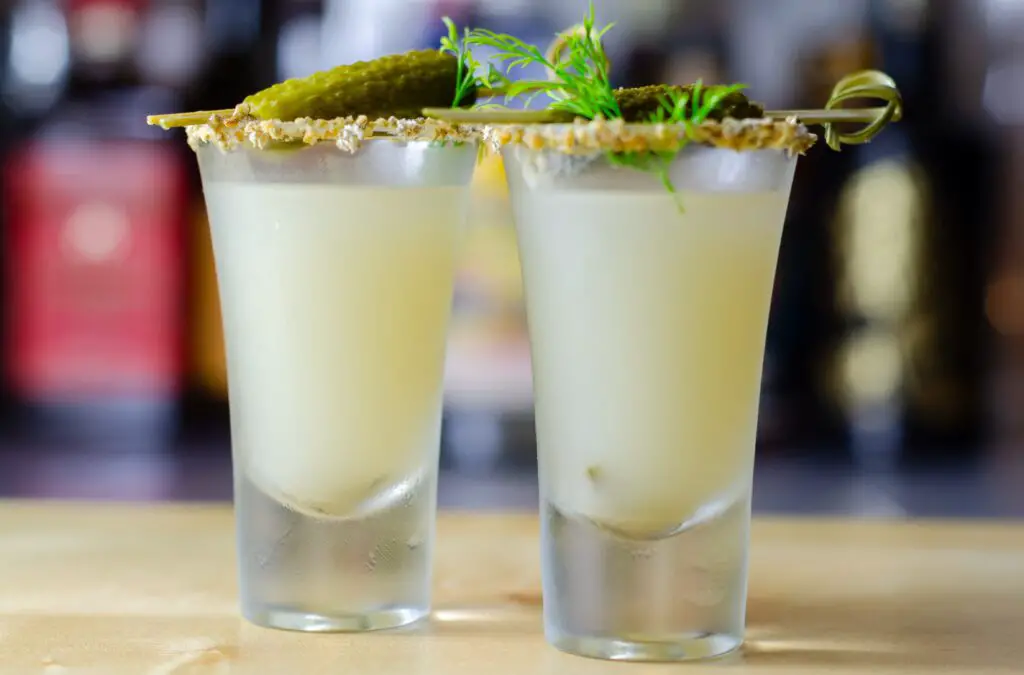
If you ever had a stomachache or nausea, you might have been handed a shot of pickle juice. The salty, vinegary brine is believed to settle the stomach and replenish electrolytes. Some say the acidity helps balance out digestive issues, especially if you’ve eaten something too rich or greasy. It’s also a common hangover remedy for this reason.
Even athletes use pickle juice to prevent cramps, thanks to its high sodium and potassium content. It might not taste great going down, but plenty of people swear by it. If nothing else, it’s a good way to use up the juice left in the jar instead of pouring it down the drain. And if you can’t stomach drinking it straight, you could always just eat a pickle instead.
5. Putting a Bar of Soap Under the Sheets for Restless Legs
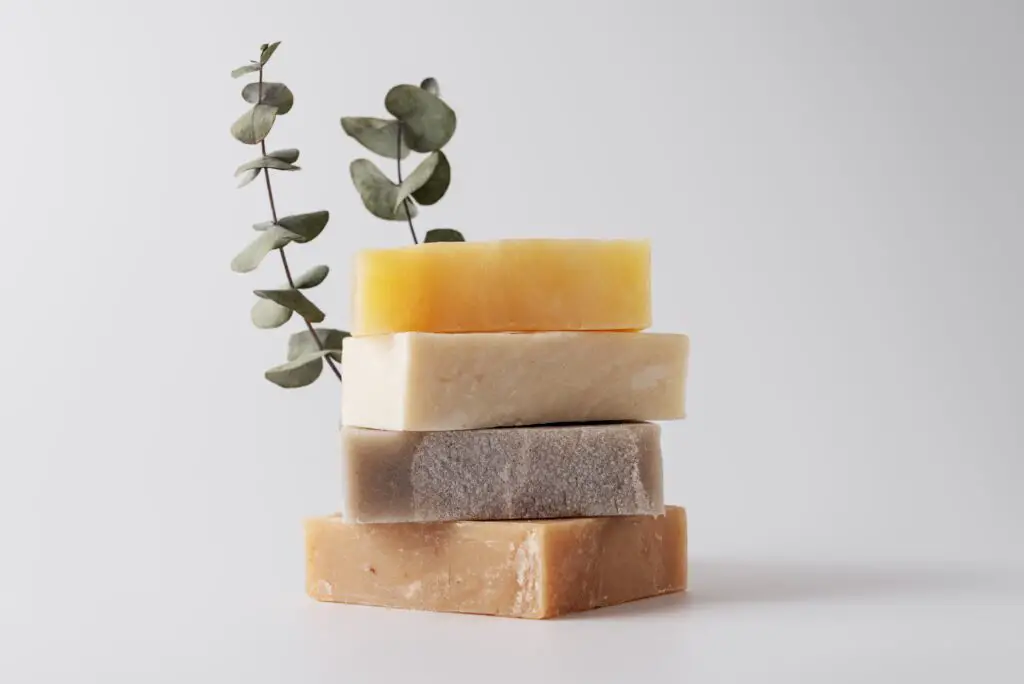
This one sounds completely ridiculous, but a lot of grandparents swore by it. If you suffered from restless legs at night, you might have been told to place an unwrapped bar of soap under your sheets. Some people claim it prevents leg twitches and cramps while you sleep. The reasoning is unclear, though some think it has to do with the essential oils in the soap.
There’s no solid scientific evidence behind this one, but plenty of people still do it. If nothing else, it makes your bed smell nice! Some swear that lavender or eucalyptus-scented soaps work best, so maybe there’s a relaxation element at play. Either way, it’s a weirdly harmless experiment to try if you’re struggling with restless legs.
6. Using Onion Slices in Your Socks for a Fever
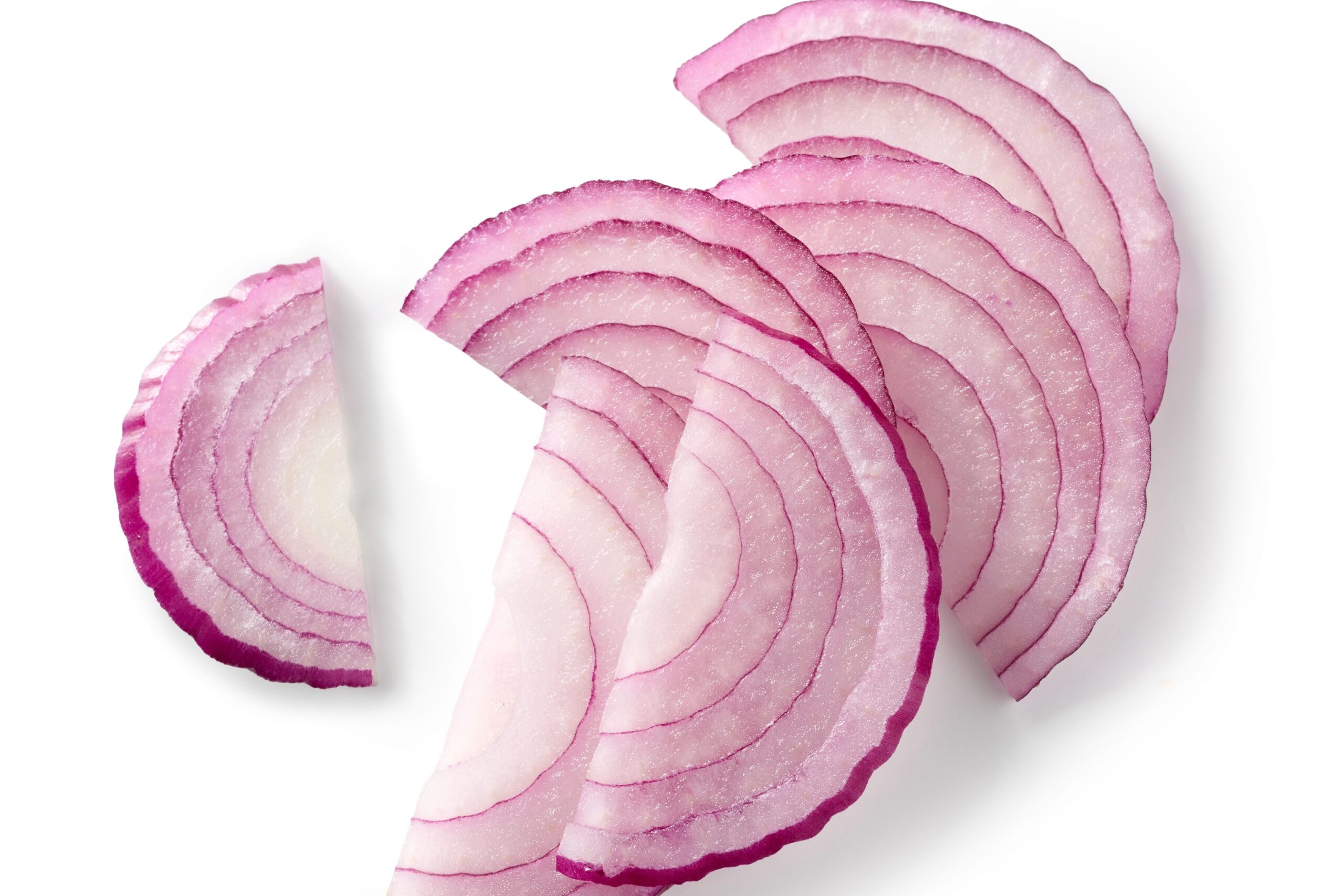
If you ever had a fever, your grandparents might have told you to sleep with onion slices in your socks. Supposedly, the onions draw out toxins and help lower your temperature overnight. It’s based on an old belief that the feet are connected to the rest of the body through energy pathways. Some people claim it works, though it might just be the cooling effect of the onions.
There’s no solid science to back this up, but onions do have antibacterial properties. If it helps you feel better, even as a placebo, there’s no harm in trying it. The only downside is waking up with your feet smelling like a burger topping. Maybe keep some extra socks handy in case you need to air things out.
7. Swallowing a Spoonful of Sugar for Hiccups
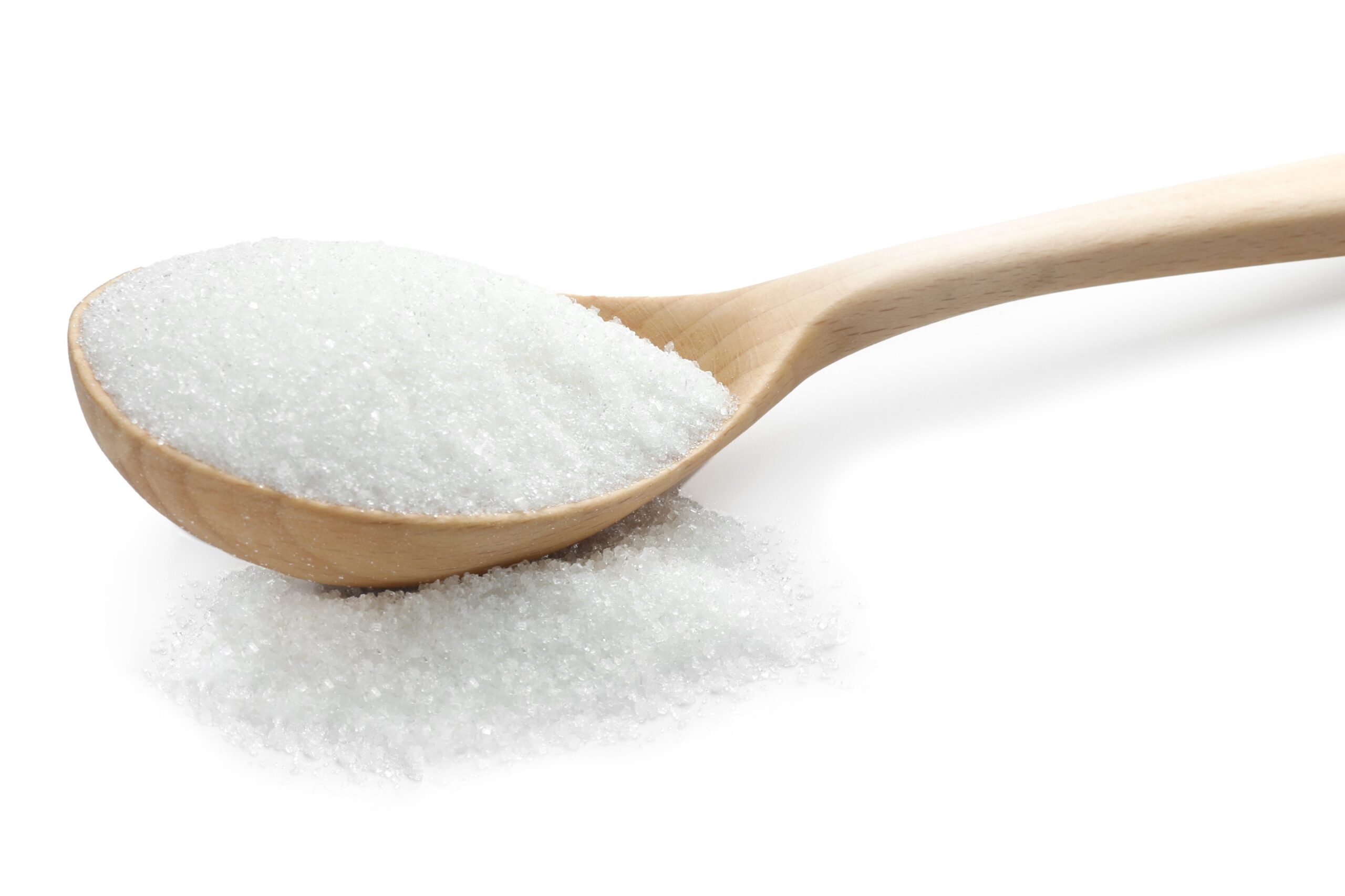
This is one of those remedies that actually has some scientific backing. The idea is that swallowing a dry spoonful of sugar overwhelms the nerves in your throat, stopping the hiccup reflex. Many people say it works almost instantly. Plus, it’s a lot more pleasant than some other hiccup cures, like drinking water upside down.
It’s not exactly clear why sugar helps, but the theory is that the grainy texture stimulates the vagus nerve, which helps reset your diaphragm. Either way, it’s a simple trick to try the next time you get stuck with an annoying case of hiccups. And let’s be honest, no one’s ever upset about an excuse to eat sugar.
8. Using Honey and Black Pepper for a Sore Throat

If you had a scratchy throat, your grandparents might have mixed up honey and black pepper for you. Honey is soothing and has natural antibacterial properties, while black pepper supposedly helps with inflammation. The combination creates a warming sensation that can make a sore throat feel better.
This remedy has been around for ages, and honey is still recommended for coughs today. The black pepper might not be necessary, but some people insist it helps. At the very least, it’s a natural alternative to over-the-counter syrups. And if it doesn’t work, you’ve got the beginnings of a tasty marinade.
9. Blowing on Your Thumb to Calm Nerves

If your grandparents ever told you to blow on your thumb when you were anxious, they weren’t just making things up. The idea is that it helps regulate your breathing and stimulates the vagus nerve, which plays a role in calming your heart rate. It’s almost like a built-in stress reliever that doesn’t require any special tools. Some say gently pressing on your thumb while doing it enhances the effect.
While it might not replace deep breathing exercises, there’s no harm in giving it a shot. It’s a discreet trick you can use anywhere, whether you’re stuck in traffic or about to give a speech. Plus, since your thumb has its own pulse point, applying pressure there may provide a mild calming effect. It might feel silly, but if it helps, who cares?
10. Using Cornstarch for Chafing

Before fancy anti-chafing creams, grandparents had a simple fix: cornstarch. If you had irritated skin from walking, sweating, or just general discomfort, they might have told you to dust some cornstarch on the area. It absorbs moisture, reduces friction, and soothes the skin, making it a great alternative to talcum powder. Some even used it for diaper rash on babies.
Though modern powders have taken over, cornstarch is still a solid option for those looking for a simple, natural remedy. It’s especially useful in hot weather when sweat tends to cause irritation. Plus, you probably already have a box in your kitchen. Just don’t go overboard—it can clump if you sweat too much, which defeats the purpose.
11. Wrapping Your Head in a Vinegar-Soaked Rag for a Headache

If you ever saw your grandparents walking around with a vinegar-soaked rag on their forehead, they weren’t losing it—they were treating a headache. The strong smell and cooling effect of vinegar were believed to help relieve tension and sinus pressure. Some people mixed it with water, while others went full-strength for maximum impact.
The idea is that vinegar increases circulation, which might help with certain types of headaches. Apple cider vinegar, in particular, has been used for centuries in home remedies. While it’s no replacement for pain relievers, the cooling effect might be enough to take the edge off. If nothing else, it’s an excuse to sit still and relax for a while.
12. Dabbing Vanilla Extract on Bug Bites

Bug bites are annoying, but your grandparents might have had a sweet-smelling fix: vanilla extract. The natural alcohol content helps reduce itching, while the scent supposedly repels more mosquitoes. Some even mixed it with a little water and used it as a homemade insect repellent.
While it might not be as effective as anti-itch creams, it’s a quick fix if you’re in a pinch. Just make sure you’re using real vanilla extract, not the artificial kind. If nothing else, you’ll smell delicious, which is a small consolation when you’re covered in mosquito bites. And hey, it’s a good excuse to keep vanilla extract handy for baking emergencies too.
13. Drinking Warm Milk with Turmeric for Insomnia
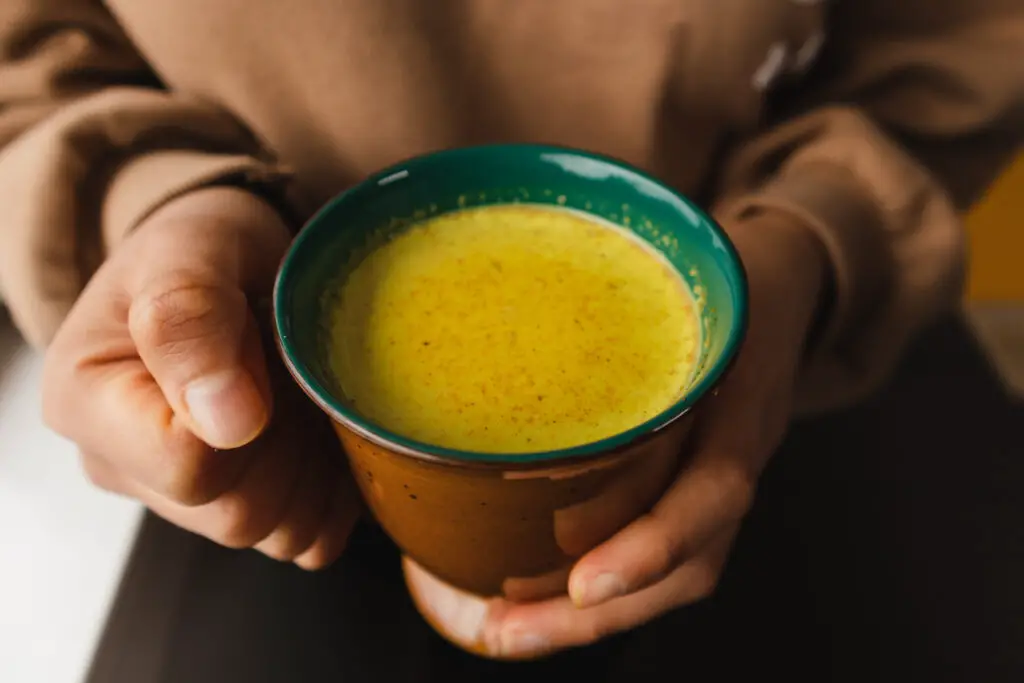
If you struggled to fall asleep, your grandparents might have made you a mug of warm milk with turmeric. This golden drink has been used for centuries in various cultures to promote relaxation. The tryptophan in milk helps with melatonin production, while turmeric has anti-inflammatory properties that might help with overall restfulness.
Some people add a bit of honey or cinnamon to make it taste better, but the warmth alone can be soothing. Even if it doesn’t knock you out immediately, the ritual of drinking something warm before bed can be calming. Plus, turmeric is great for your immune system, so it’s a win-win. If nothing else, it’s cozier than scrolling on your phone until you pass out.
14. Taping a Penny to a Bruise
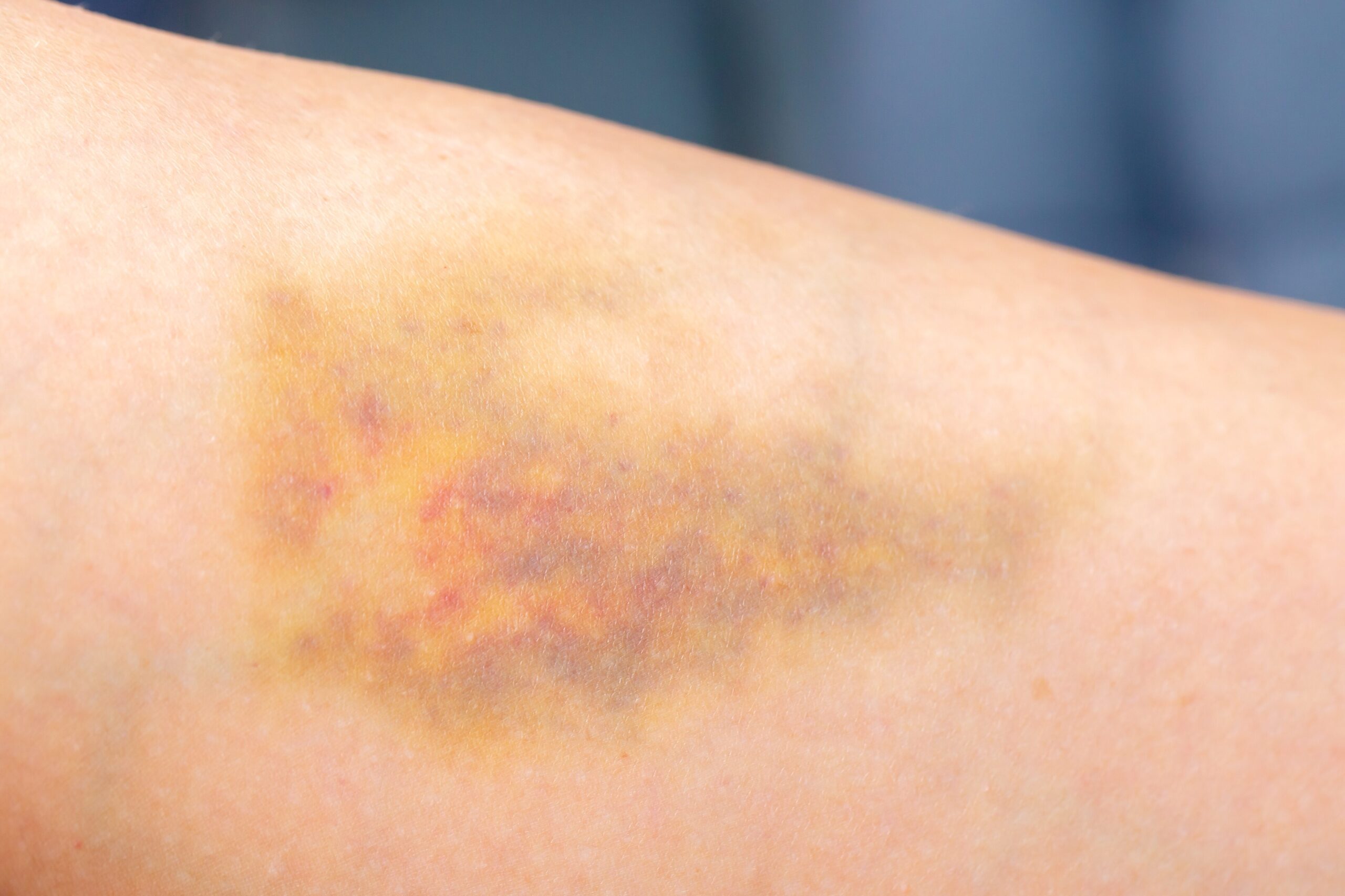
Got a fresh bruise? Some grandparents swore by taping a penny over it to prevent swelling. The copper was believed to help reduce inflammation and speed up healing. While there’s no real scientific proof behind this, the pressure from the penny might help limit blood pooling under the skin.
Modern medicine prefers ice packs, but this old-school trick still gets passed around. If you’re feeling nostalgic, you can try it—just make sure the penny is clean first! It’s probably not a miracle cure, but at least it’s an interesting conversation starter. And hey, if it doesn’t work, you’ve only lost a penny.
15. Chewing Cloves for a Toothache
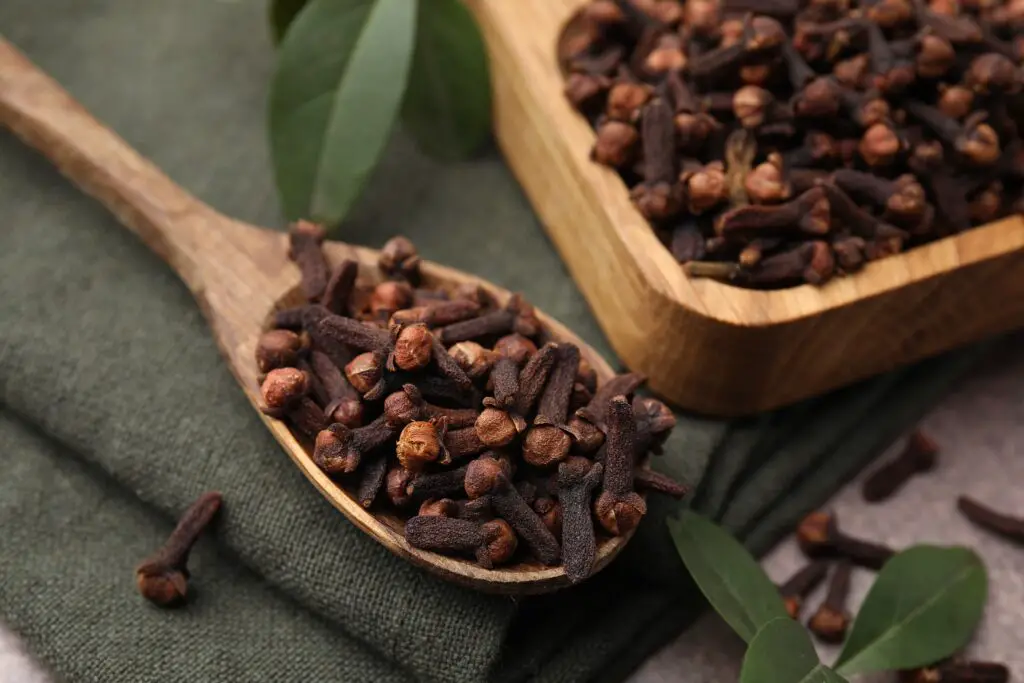
Before painkillers were easy to find, cloves were a go-to remedy for toothaches. Your grandparents might have handed you a whole clove to chew on, or they might have dabbed clove oil directly on the sore tooth. Cloves contain eugenol, a natural anesthetic and antiseptic that can temporarily numb pain.
Dentists still use clove oil in some treatments today, so this is one home remedy with actual science behind it. It won’t fix a serious dental issue, but it can help in a pinch. Just be warned—the taste is strong and slightly numbing. But when you’re dealing with tooth pain, a little weirdness is worth it.
